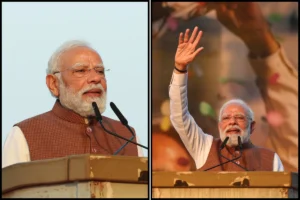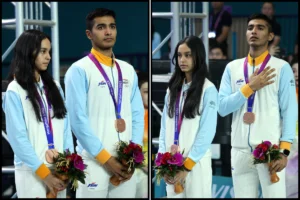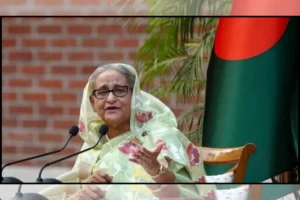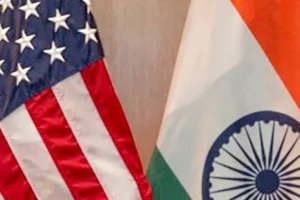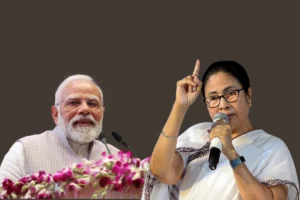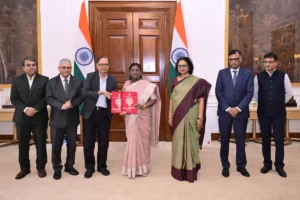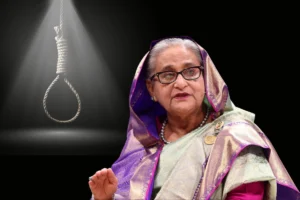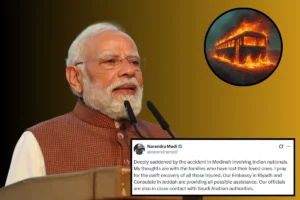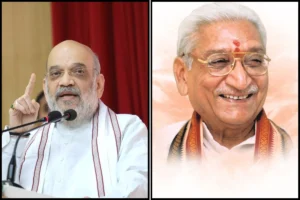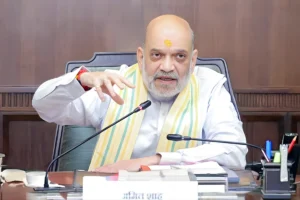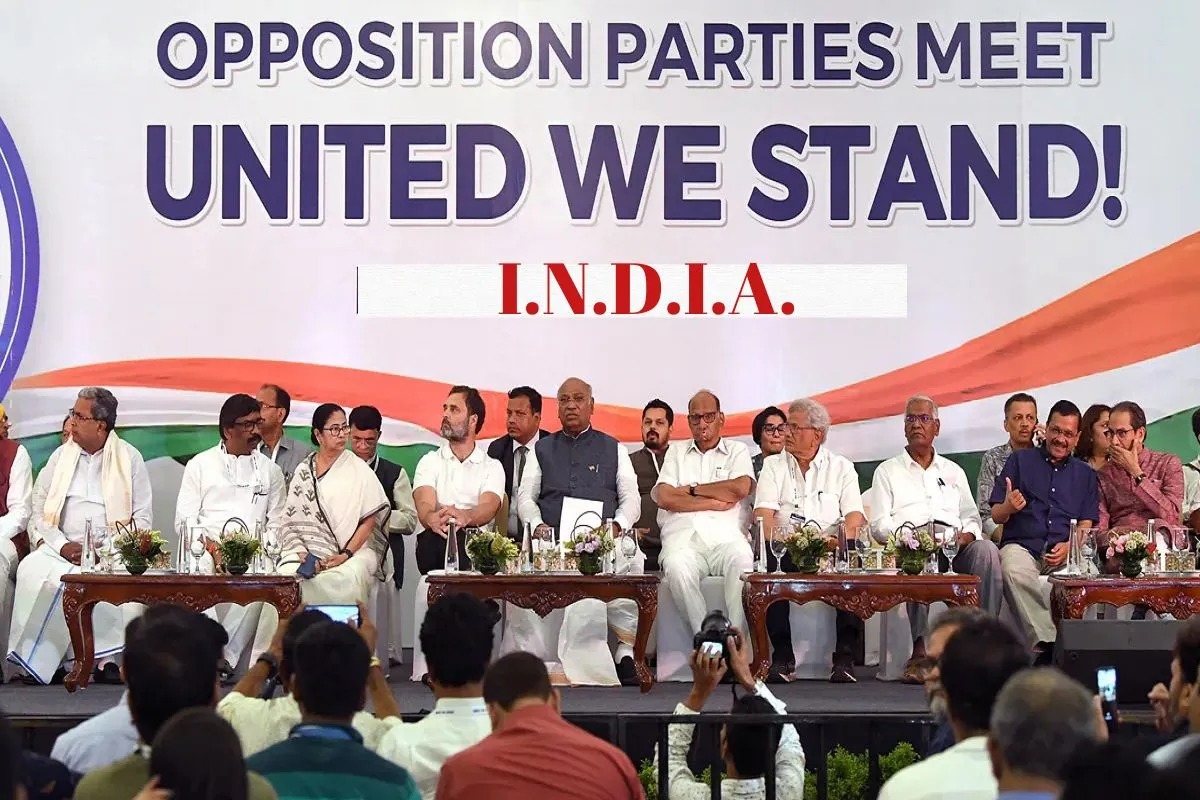
What’s in a name? Four centuries ago, when the renowned English playwright William Shakespeare crafted the famous line in his immortal work ‘Romeo and Juliet,’ he must have pondered the significance of a name. Perhaps Shakespeare would find resonance in today’s political climate, where the name of an alliance holds tremendous importance.
As the nation gears up for the upcoming general elections next year, the opposition alliance has chosen a name that holds a profound message – ‘Indian National Developmental Inclusive Alliance,’ or simply ‘India.’ This name has sparked intense political debates and has become the center of attention for both the opposition and the ruling party’s strategies.
The term ‘India’ encapsulates the essence of nationalism, a sentiment that Prime Minister Modi’s leadership under the BJP has championed and made its own. In recent years, Prime Minister Modi has emerged as the face of India’s governance, and the ruling party and its supporters vehemently associate any attack on him as an attack on the nation itself. The opposition has attempted to challenge this narrative by naming their alliance ‘India,’ thereby challenging the ruling party on its claim to being the sole representative of the nation.
However, in the current political scenario, ‘India’ as a name is not the only factor that can decide the outcome of the elections. The BJP holds a formidable position with a massive following, which sets it apart from the opposition. The Congress, which leads the India alliance, has managed to regain some ground with its ‘Bharat Jodo Yatra’ and other initiatives, but it needs to address the internal dissensions in states like Punjab, Rajasthan, and Chhattisgarh.
The opposition’s electoral campaign must go beyond a negative campaign such as ‘Remove Modi, Save Democracy.’ This approach has not proven successful in the past, as seen in the ‘Chowkidar Chor Hai’ campaign in 2019. The India alliance needs to bring concrete solutions to the forefront, addressing critical issues like misuse of agencies, threats to democracy, failure of the central government on sensitive matters like Manipur, human rights, inflation, and unemployment. Merely raising these issues without offering practical solutions will not cut through the electoral noise.
Furthermore, seat-sharing agreements could prove to be a critical factor for the India alliance’s success. It is essential for them to avoid internal disputes over seat distribution and focus on a united front. While certain states like Kerala, West Bengal, and Odisha may pose challenges due to the strong presence of regional parties and weak Congress-BJP dynamics, the alliance needs to strategize effectively in these regions to maximize its gains.
In conclusion, the name ‘India’ indeed holds symbolic value and carries the essence of national identity. However, the opposition alliance must move beyond just symbolism and present a strong and cohesive alternative to the ruling party’s governance. Concrete solutions to address the nation’s challenges, effective seat-sharing arrangements, and a united front are the keys to make a real impact in the upcoming 2024 elections.
The biggest question will be about the face of leadership. According to a survey by a reputed agency in 2019, 37 percent of voters cast their ballots based on Prime Minister Narendra Modi’s face. This means that if the opposition alliance enters the field without any prominent face, they risk losing a significant portion of these 37 percent votes. In this regard, the opposition alliance seems to have two options – firstly, to present a face like Rahul Gandhi, Kharge, Nitish, Sharad Pawar, Mamata, Stalin, or any other leader around whom they can build the narrative in the next 10 months. Secondly, the opposition might focus on seat-to-seat battles based on local factors, similar to what the Congress did successfully in Rajasthan, Madhya Pradesh, Chhattisgarh, Himachal, and Karnataka recently. It appears that the opposition will ultimately attempt to project the fight as Modi versus India.
On the other hand, despite ruling for more than 9 years, Prime Minister Modi’s popularity remains beyond doubt. Even if the opposition alliance manages to field a joint candidate on every seat successfully, it may still cause damage to the BJP on around 70-80 seats at most. Even then, the BJP won’t be too far from a majority. To form a government, the BJP won’t necessarily need the support of big parties. Smaller regional parties positioned at state boundaries can also make a difference in favor of the BJP. This is the main reason for the presence of 39 parties in the NDA alliance, as exemplified by the inclusion of Om Prakash Rajbhar in Uttar Pradesh. While many may say that the Modi-Yogi duo is invincible in Uttar Pradesh, the BJP has secured six Lok Sabha seats between Varanasi and Gorakhpur by bringing Rajbhar on board. In 2014, when Rajbhar was with the NDA, the alliance performed well in these seats, but in 2019, when Rajbhar joined hands with Akhilesh, it caused a loss to the NDA. Therefore, bringing Rajbhar on board has been a strategic move to turn losses into gains for the NDA. Similar strategies have been seen in Bihar and Maharashtra as well.
In summary, regardless of the outcome of the 2024 general elections, the beginning of Indian politics appears promising. The primary positive outcome of a strong opposition alliance is that it will benefit democracy by offering voters two significant options to choose from in the upcoming elections. No country benefits from the dominance of a single party, and every government needs a robust opposition.











